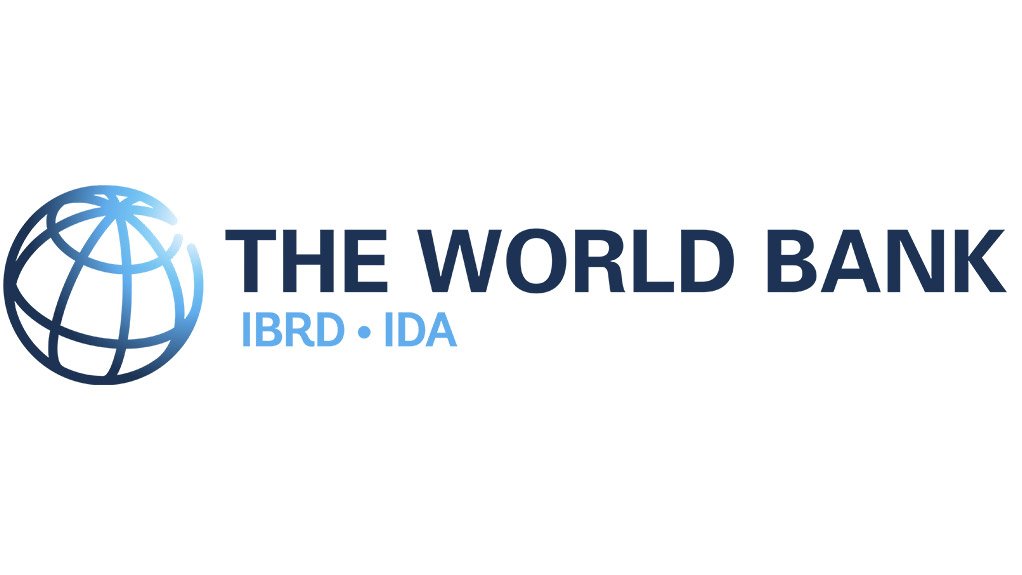- Commodity Markets Outlook, April 20242.23 MB
The conflict in the Middle East has been exerting upward pressures on prices of key commodities, notably oil and gold. High commodity prices, despite relatively subdued global GDP growth, suggest some countervailing forces offsetting tepid demand, such as heightened geopolitical strains and increasing metals-intensive investments in the energy transition.
Commodity prices are forecast to soften marginally in 2024 and 2025 but remain substantially above pre-pandemic levels. Unlike most other prices, crude oil prices are expected to increase in 2024, mainly reflecting geopolitical tensions. The key risk to commodity price projections relates to the possibility of a broadening of the Middle East conflict, which could lead to significantly higher oil prices, thus reigniting global inflationary pressures. Meanwhile, food insecurity worsened markedly last year, reflecting elevated food prices and armed conflicts around the world. Should such conflicts worsen, global hunger could rise substantially.
Heightened uncertainty around the commodity price outlook underscores the importance of forecast accuracy. A Special Focus section evaluates the performance of five approaches used to forecast prices of three commodities—aluminum, copper, and oil. It concludes that there is no “one-approach-beats-all.” Macroeconometric models tend to be more accurate at longer horizons, mainly due to their ability to account for the impact of structural changes. It is, however, critical to incorporate judgment and information that cannot be accounted for by statistical approaches. This highlights the importance of employing a wide range of approaches when forecasting commodity prices.
Report by the World Bank
EMAIL THIS ARTICLE SAVE THIS ARTICLE ARTICLE ENQUIRY
To subscribe email subscriptions@creamermedia.co.za or click here
To advertise email advertising@creamermedia.co.za or click here











